Training Without Trainers: How SMBs Can Build Courses Without an L&D Department
You probably wear many hats if you’re running a small or mid-sized business. You might be handling HR, operations, or customer service while ensuring employees are adequately trained. But what if you don’t have a dedicated Learning & Development (L&D) team? Does that mean training has to be complicated, expensive, or out of reach? Absolutely not!
The reality is that great training doesn’t have to come from a corporate-style course catalog or a full-time training department. With the right tools and approach, you can create impactful learning experiences that help your employees grow, perform better, and stay engaged.
Rethinking Training: Beyond the Traditional “Course” Model
For decades, training has been synonymous with structured courses, long presentations, and lengthy manuals. But for many frontline workers—like those in hospitality, retail, construction, and service industries—this model just doesn’t work.
Instead of thinking about training as something separate from the job, small businesses can take a more practical approach:
Microlearning: Bite-sized, easily digestible training sessions that fit into a busy workday.
On-the-Job Support: Quick-reference materials, short videos, or chat-based guidance can help employees as they work.
AI-Powered Learning Assistants: AI tools can suggest personalized learning based on the employee’s role and knowledge gaps.
Shifting from rigid courses to practical, real-time learning makes training more relevant and valuable, especially for SMBs that can’t afford long training cycles.
The Role of AI in Course Creation (and Its Limitations)
Artificial intelligence has made it easier than ever to generate training content quickly. AI-powered platforms can convert a document or a PowerPoint file into structured training materials, complete with quizzes and interactive elements.
But while AI can help speed up course creation, it’s not perfect. Here’s what to keep in mind:
AI still needs human oversight. Machines can’t always detect outdated information, context-specific nuances, or company-specific best practices.
Not all AI-generated content is engaging. The best training content includes stories, real-world scenarios, and interactive elements requiring a human touch.
Compliance and accuracy matter. If your industry requires specific training for safety, regulations, or best practices, double-check that AI-generated materials are factually correct.
AI should be seen as an assistant, not a replacement for thoughtful training design. When used correctly, it can help small businesses build structured training materials without needing extensive expertise.
What Good Training Looks Like (Even Without an L&D Department)
Even without a formal training team, small businesses can create effective training by focusing on the right elements:
Make it searchable and accessible. Employees should be able to find answers quickly, whether through a mobile app, a searchable knowledge base, or a well-organized learning platform.
Use engaging formats. A short video, step-by-step job aids, or interactive learning modules will be far more effective than dumping a 50-page PDF on a new hire.
Prioritize reinforcement and application. Training shouldn’t be a one-time event. Build in follow-ups, quick refreshers, and opportunities for employees to apply their learning in real-world situations.
Practical Steps for SMBs to Build Effective Training
If you’re just getting started with employee training, here’s how to set up a system that works:
Use AI-Powered Learning Platforms – Look for tools that can transform your existing content into structured learning materials with minimal effort.
Keep It Simple – Focus on what employees need to know to succeed in their roles, and avoid overloading them with unnecessary details.
Blend Learning Methods – Use a mix of videos, interactive articles, quizzes, and on-the-job guides to make training engaging and practical.
Encourage Knowledge Sharing – Create an environment where experienced employees can share best practices and tips with new hires.
Iterate and Improve – Training is never "one and done." Monitor engagement, gather employee feedback, and refine your training materials over time.
Small businesses don’t need a formal L&D department to deliver high-quality training. By leveraging AI, focusing on performance-based learning, and making content engaging and accessible, SMBs can create meaningful training experiences that improve employee performance.
The key is to move away from the outdated idea of "courses" and instead focus on training as a continuous, integrated part of work. And remember—dumping a pile of PDFs and expecting employees to learn isn’t training. With the right approach, you can build a simple, effective training system that works for your business, no matter your size.


